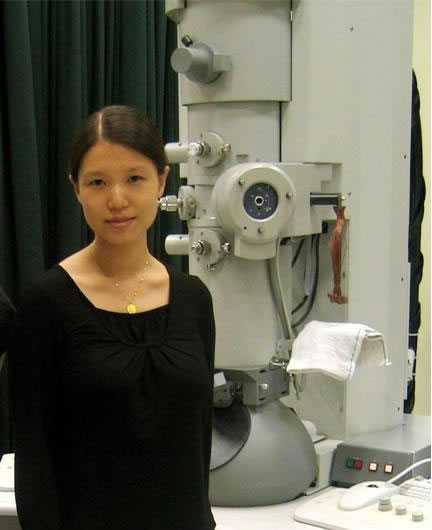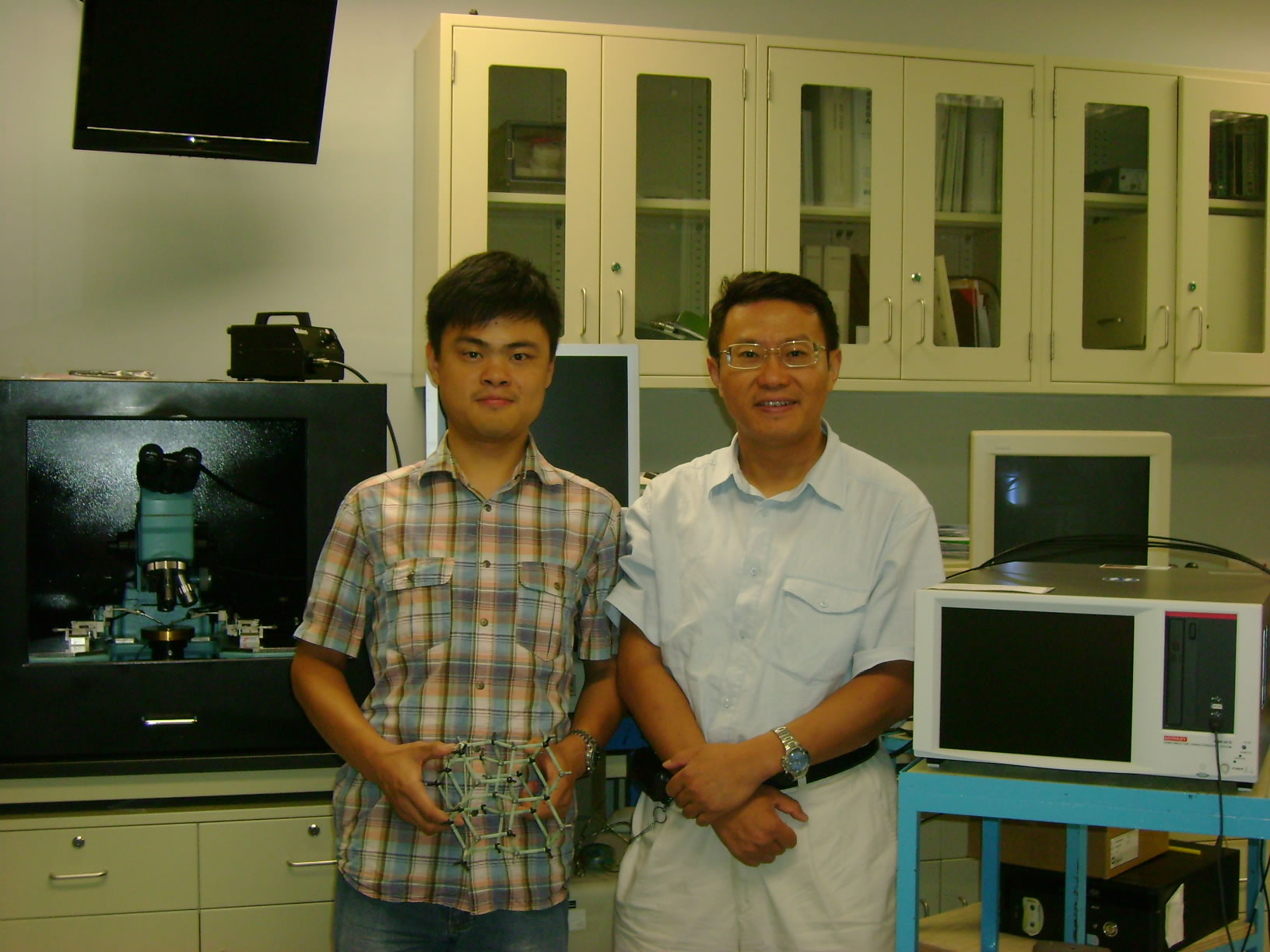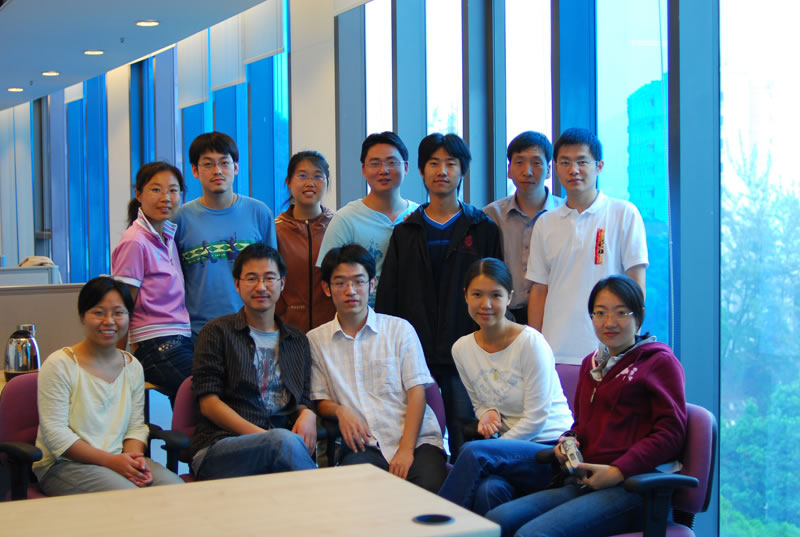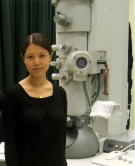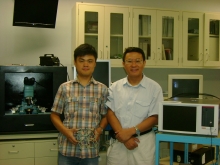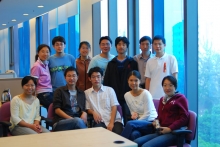CUHK
News Centre
CUHK’s Groundbreaking Discovery in Semiconducting Nanowires Advances Nanotechnology
Scientists at The Chinese University of Hong Kong (CUHK) revealed for the first time intrinsic ferromagnetic characteristics in semiconducting nanowires in a study published in the current online edition of an internationally-renowned journal, Nature Nanotechnology. The breakthrough is an important step forward in the development of diluted magnetic semiconductors for electronics applications. It opens up a new front in semiconductor physics and nanotechnology, and holds promise to take the development of computer technology to new heights with faster computing speed and larger data storage capacity, but less power consumption.
Led by Prof. Li Quan of the Physics Department and Prof. Xu Jianbin of the Electronic Engineering Department, the research team proves that cobalt-doped nanowires made of zinc oxide have intrinsic ferromagnetic characteristics, and therefore, in principle, work like tiny bar magnets. The CUHK team analysed the structural and optical characteristics and conventional magnetic properties of Co-doped ZnO nanowires produced by themselves and Fe-doped ZnO nanowires produced by Prof. Carsten Ronning of Friedrich Schiller University of Jena in Germany. These were then examined for nanoscopic magnetic properties using a technique that can differentiate between intrinsic ferromagnetism and non-ferromagnetism at nanometer scale (for single nanowire measurement). ‘We realize that cobalt doping produces intrinsic ferromagnetic properties while iron does not’, said Prof. Li. The innovative combination of the two analytical methods, namely transmission electron microscopy and electron magnetic chiral dichroism, is responsible for the unexpected outcome.
Prof. Li continued, ‘The production of magnetic semiconducting nanowires has so far been considered as basic research. But in the medium term, we might be able to help open the door to spintronics.’ Spintronics is a new field in semiconductor physics. While traditional semiconductor electronics is based on electrons’ electrical charge, spintronics additionally uses the spin, the angular momentum, of the electrons. ‘Electrons’ momentum can occur in two directions, resulting in a magnetic moment,’ explained Prof. Ronning.
This new development could bring real advantages. Common electronic components need 10,000 to 100,000 electrons for a single switching action. Semiconductor components switching only the spin of electrons need only one electron to transport the necessary information. ‘That means that spintronic semiconductors could switch much faster than common electronic components, and they would need only a fraction of the energy,’ said Prof. Li.
‘So far, GMR, a spintronic effect, has been widely used for increasing the capacity of hard disks in desktop and laptop computers up till 1,000GB and beyond, which we are enjoying today,’ said Prof. Xu. The importance of spintronics is further ascertained with the awarding of the 2007 Nobel Prize in Physics to the two discoverers of GMR. The discovery is considered one of the first real applications of the promising field of nanotechnology, as announced by the Nobel Committee for Physics.
The precondition for the further development of spintronics is, however, that semiconductors with intrinsic ferromagnetic characteristics can be produced at all. Intense worldwide research has been conducted for about a decade – so far with moderate success. There has not been a method clearly proving intrinsic ferromagnetism until the CUHK research, which has greatly advanced the development of nanotechnology.
Widely recognized in the field of functional nanomaterial research, Prof. Li is also a well established expert in advanced analytical microscopy. She has been a visiting scholar at the University of Oxford and the University of Alberta, and is an Honorary Chair Professor at Hubei University in China. She received the CUHK Young Researcher Award 2006 for her significant work in the emerging field of nanostructures.
Prof. Xu is a respected expert in nanotechnology and electronic materials. He has taken part in a myriad of professional activities and has served as symposium chair at several international conferences. He is a Senior Member of IEEE, the Secretary and Council Member of the Hong Kong Materials Research Society, and the Vice President and Council Member of the Hong Kong Institution of Science.


